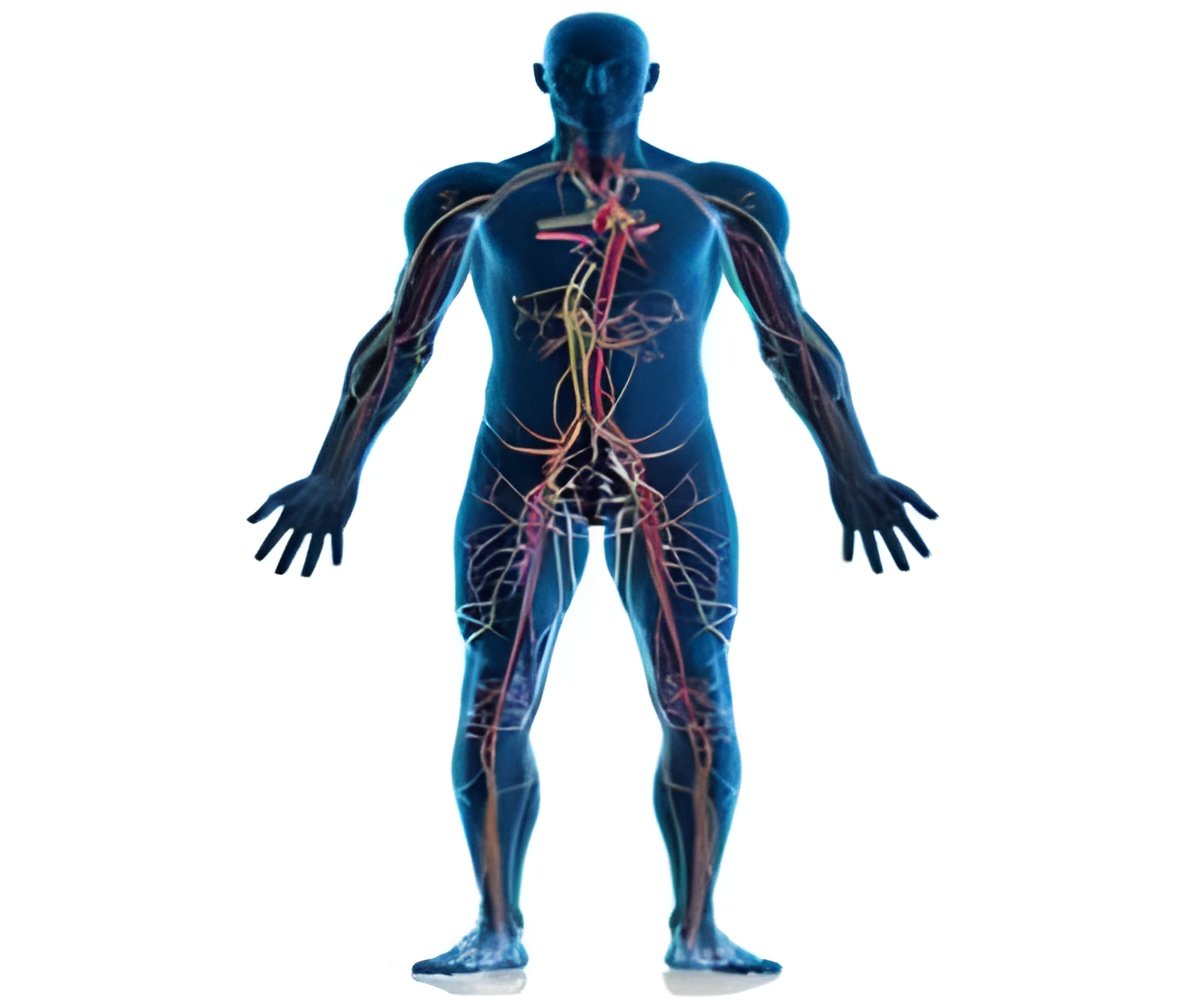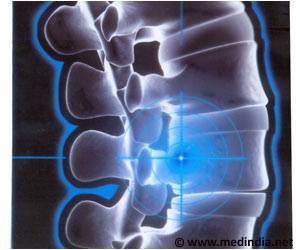
"It's obvious that many physicians don't know what can be done, because often patients are referred too long after their injury. If we get these patients late, any nerve surgery is less likely to work," said Steve K. Lee, M.D., director of Research at the Center for Brachial Plexus and Traumatic Nerve Injury at Hospital for Special Surgery (HSS), lead author of the study. "A big thrust of this paper is to get the information out there that we need to see these patients earlier for better outcomes."
Nerve injuries can be caused by a variety of events, including car and motorcycle accidents, sporting accidents, falls from heights such as construction accidents, and surgeries for head and neck cancer. Once a nerve is cut from a muscle, it has to be reinnervated within about 18 months before the muscle atrophies. Since nerves only regenerate one millimeter per day, sometimes they cannot regenerate and reach the muscle before it wastes away.
"It has been shown that if you do nerve reconstruction work and surgery before six months after a nerve is severed, then patients do far better," said Dr. Lee, who is also associate professor of Orthopedic Surgery at the Weill Cornell Medical College and associate attending orthopedic surgeon at Hospital for Special Surgery. "If it has been more than 18 months, even if the nerve regeneration length is two centimeters, it may still be too late."
Nerve transfer surgeries are needed when a nerve end is nonfunctional or when nerve reconstruction would require an excessively long nerve graft. In the upper extremity, nerve transfers are most commonly used for injuries involving the brachial plexus, a network of nerves that run near the neck and shoulder. Other indications include complex injury to peripheral nerves, especially associated with fractures and dislocations, lacerations, injuries from projectiles and cancer.
In brachial plexus reconstructive surgery, which can take up to 12 hours, surgeons take nerves that have less important roles or are redundant and transfer them to restore function to a severely damaged nerve. Doctors use functioning nerves close to the target muscle and plug these nerves into the injured, nonfunctioning nerve. The rewired nerves then learn how to supply a new function. One of the most common transfers is to take part of the ulnar nerve that is involved in controlling the hand and rewiring this nerve so that it is hooked up to muscles that bend your elbow. "If you take a little part of these nerves, it doesn't affect the hand," said Dr. Lee.
Advertisement
"If a doctor has a patient who has one of these injuries and they read this paper, they will know that these surgeries can work. They will know what can be done rather than saying 'let's wait and see if it will heal by itself,'" said Dr. Lee. "This study is very important educationally for orthopedic surgeons and for anybody taking care of patients with nerve damage. Trauma surgeons, general surgeons, rehabilitation doctors, neurologists and physical therapists should know about this."
Advertisement










